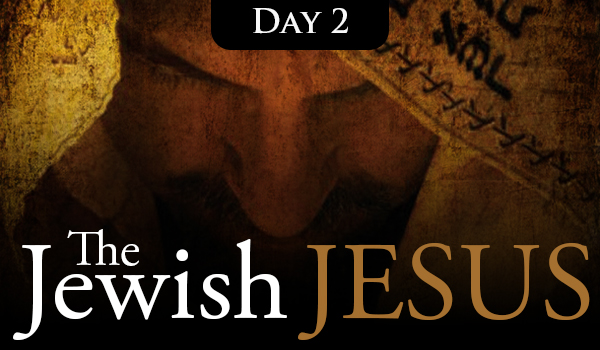
Many of the Jews read this sign, for the place where Jesus was crucified was
near the city, and the sign was written in Aramaic, Latin and Greek.
John 19:20
Now, let’s look at the language itself. Hebrew is in the Semitic language family and its sister languages include Arabic and Aramaic. You might already know that Arabic is the language of those who follow Islam. This should not be surprising, as Muslims and Jews both trace their roots back to Abraham. They differ on which son was blessed, Isaac or Ishmael. This is only the beginning of vast differences in beliefs between the two.
Hebrew is a pictographic language, which means that each of the 22 letters stands for something. Think of it like Egyptian hieroglyphics, where meaning is conveyed visually in each hieroglyphic shape. Words used to describe the Hebrew language are “vivid”, “poetic”, “lively”, and “rhythmic”. Its modernized version is used today in Israel.
The Old Testament was written in Hebrew, with a few exceptions written in Aramaic (Ezra 4:8–6:18, 7:12–26; Daniel 2:4–7:28; Jeremiah 10:11). Perhaps the assumption is that Jesus spoke Hebrew since that was the language of the Old Testament and the people of Abrahamic descent. It is likely that when Jesus read from the Old Testament in the synagogue, He was doing so in Hebrew (Luke 4:16–21).
However, there were other languages present at the turn of the first millennium. The New Testament was written in Greek. The Romans spoke Latin. The sign put on the cross above Jesus’ head was written in Aramaic, Latin, and Greek (see above).
There are two instances in the New Testament where Jesus spoke Aramaic:
- Matthew 27:46: On the cross as He was about to die, “Jesus cried out in a loud voice, ‘Eli, Eli, lema sabachthani?’ (which means ‘My God, my God, why have you forsaken me?’)”. Interestingly, Jesus was quoting Psalm 22:1, which was originally written in Hebrew.
- Mark 5:41: Jesus raised a girl from the dead. “He took her by the hand and said to her, ‘Talitha koum!’ (which means ‘Little girl, I say to you, get up!’)”.
There are also several verses in John’s Gospel that mention a specific Aramaic word: Bethesda (5:2), Gabbatha (19:13), Golgotha (19:17), and Rabboni (20:16). God spoke to Saul (later, Paul) in Aramaic on the Damascus Road (Acts 26:14), and Paul spoke to the crowd in Jerusalem in Aramaic (Acts 21:40, 22:2).
So, it is reasonable to conclude that Jesus spoke several languages (at least three). English was not one of them. This might sound silly, but the way some churches revere certain English Bible translations today, it makes you wonder.